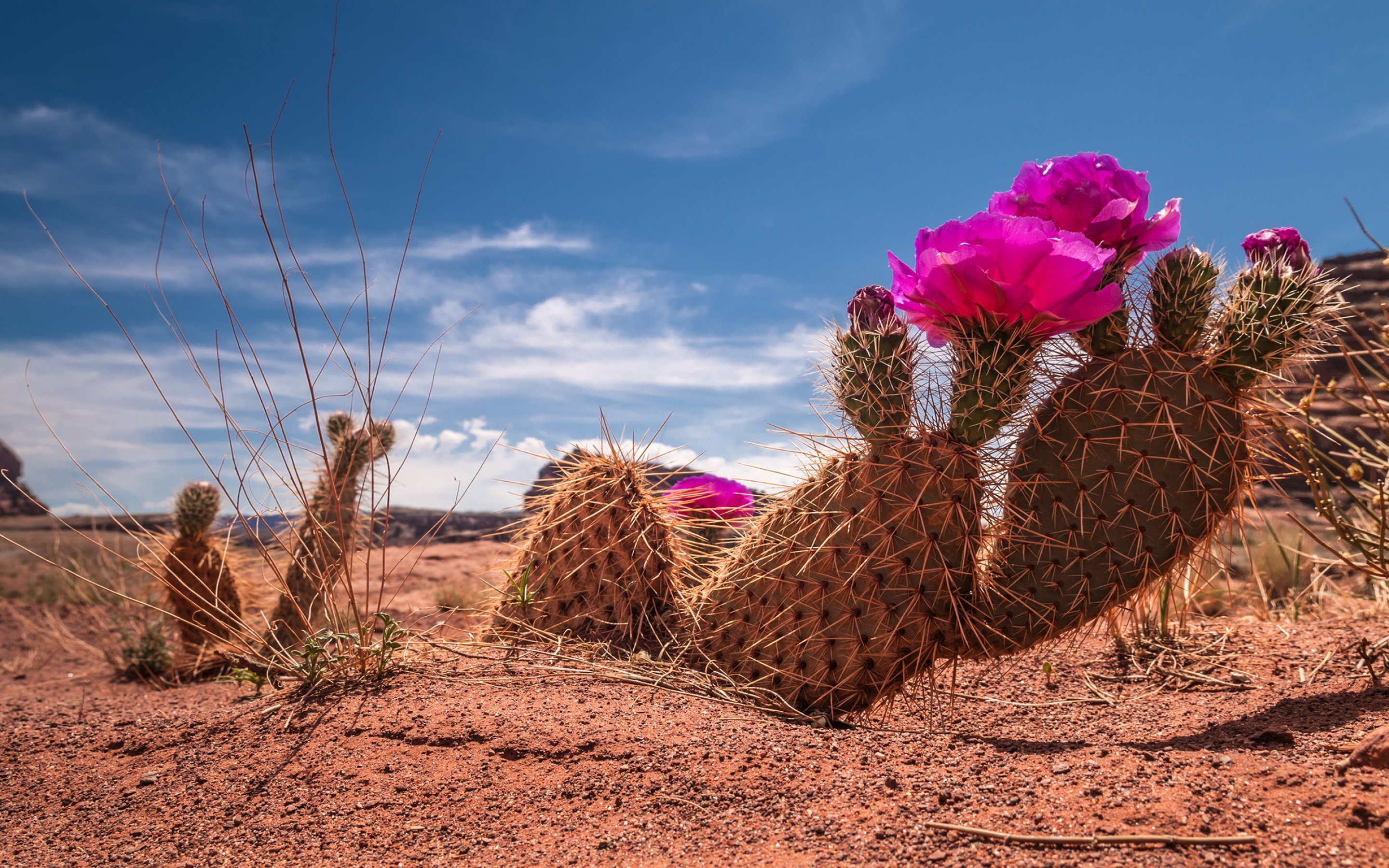Deserts are often viewed as barren wastelands, but in reality, they are home to a wide variety of fascinating plant life. Despite the harsh conditions, many desert plants have adapted in unique and clever ways to survive.
One of the most iconic desert plants is the cactus. With its spiny stems and lack of leaves, the cactus has evolved to store water in order to survive long periods of drought. The main part of a cactus is its swollen stem, which can expand to hold a large amount of water. Some cacti even have shallow roots that can quickly absorb any rainwater that falls, allowing them to survive in areas with infrequent rainfall. What's even more interesting is that not all plants that look like cacti are actually cacti. True cacti are only found in the Americas, while there are plants in the deserts of Africa and Asia that belong to a different plant family but have evolved similar adaptations to survive in arid conditions.
Another fascinating desert plant is the century plant. Despite its name, this plant actually only lives for around 25 years before producing a single, spectacular flower and then dying. However, there are other desert plants that live much longer. The welwitschia plant, found in the Namib Desert, can live for up to 2,000 years, while bristlecone pine trees in North America can live for up to 5,000 years. The creosote bush, found in the deserts of the southwestern United States, can live for up to an astonishing 12,000 years. These plants grow slowly but steadily, adapting to the harsh conditions of the desert to become some of the oldest living organisms on Earth.
Tumbleweeds are another iconic desert plant, rolling along the landscape as they scatter their seeds in search of new places to grow. With around a quarter of a million seeds per plant, some tumbleweeds will inevitably find fertile ground and take root, continuing the cycle of life in the desert.
Some desert plants have evolved to look like rocks or pebbles in order to avoid being eaten by thirsty animals. Living stones, for example, have evolved to look like pebbles but are actually plants, with each "pebble" being a leaf that stores water. Similarly, the elephant's foot plant from Madagascar has a stumpy stem that looks like an elephant's foot, but is actually swollen with stored water.
Finally, succulents are a group of plants that have evolved to store water in their leaves and stems. These plants, which include cacti, agaves, and aloes, are often found in arid regions around the world and have become popular in gardens and as houseplants due to their unique shapes and colors.
Tags:
Science

